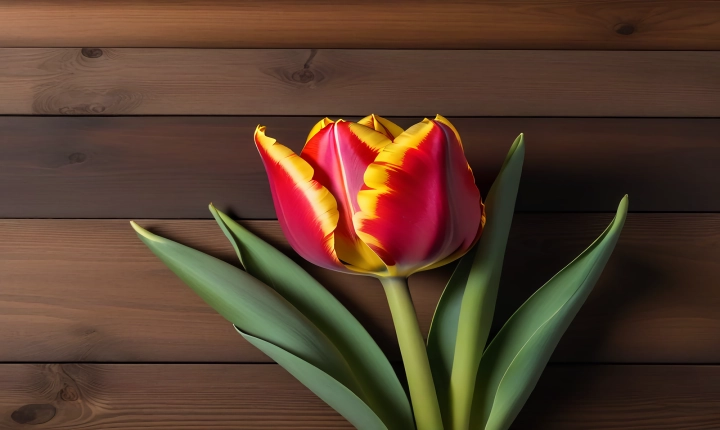Can AI Make Manga?
The world of manga, a style of Japanese comic books and graphic novels, has been captivating readers for decades with its diverse and imaginative storytelling. From the iconic works of Osamu Tezuka to the modern masterpieces of Naoki Urasawa, manga has become a cultural phenomenon enjoyed by millions around the globe. With the rapid advancements in technology, the question arises: can AI make manga?
Artificial intelligence has been utilized in various creative fields, including music composition, painting, and even writing. AI has proven its ability to generate content that is both convincing and original. When it comes to manga, AI has been used to create characters, storylines, and even entire comics.
AI-powered tools can assist artists and writers by generating character designs, backgrounds, and plot ideas. These tools are programmed with extensive databases of existing manga works, allowing them to analyze patterns, styles, and themes. As a result, they can produce new content that adheres to the conventions and aesthetics of traditional manga.
One example of AI-generated manga is the experimental project by a team at the University of Tokyo, where an AI system was trained to create new manga panels based on existing ones. The system analyzed the visual elements, composition, and storytelling techniques present in a large dataset of manga panels, and then generated new panels that imitated the style of the originals.
While these AI-generated manga panels may lack the emotional depth and nuanced storytelling that human creators bring to their work, they demonstrate the potential of AI to contribute to the creative process. AI can help streamline the production of manga by providing artists and writers with inspiration, references, and even drafts of panels or pages.
Moreover, AI can also be used to automate certain aspects of the production process, such as coloring, lettering, or formatting. This can save time and resources, allowing creators to focus on the more intricate and personal aspects of their work.
However, the idea of AI making manga raises important questions about the nature of creativity and authorship. Can a machine truly capture the essence of storytelling and express the human experience in the same way that a human creator can? The emotional depth, cultural nuances, and social commentary found in manga are often products of the personal experiences and perspectives of the artists and writers.
Furthermore, the role of creativity and intuition in the creative process cannot be overlooked. While AI can generate content based on existing patterns and rules, it may struggle to break free from established norms and conventions. The unpredictability and spontaneity that human creators bring to their work often result in groundbreaking, original storytelling that pushes the boundaries of the medium.
In conclusion, while AI has the potential to aid in the creation of manga by offering assistance with generating ideas, designs, and even certain production tasks, it is unlikely to fully replicate the depth and complexity of human-created manga. The emotional, cultural, and intellectual dimensions of manga are deeply intertwined with the human experience, making it challenging for AI to fully capture and reproduce them.
As the technology continues to evolve, it is important to recognize the valuable role that AI can play in the creative process without overshadowing the unique contributions of human artists and writers. Ultimately, the synergy between AI and human creativity may lead to exciting new possibilities in the world of manga, offering fresh perspectives and innovations while preserving the essence of what makes manga a captivating and enduring art form.
